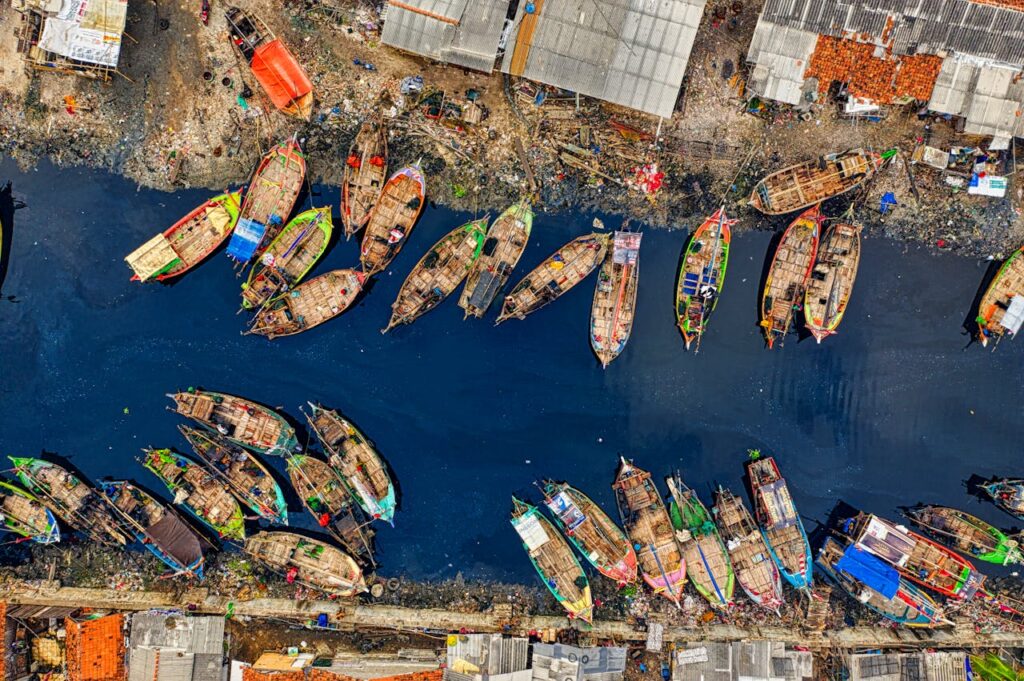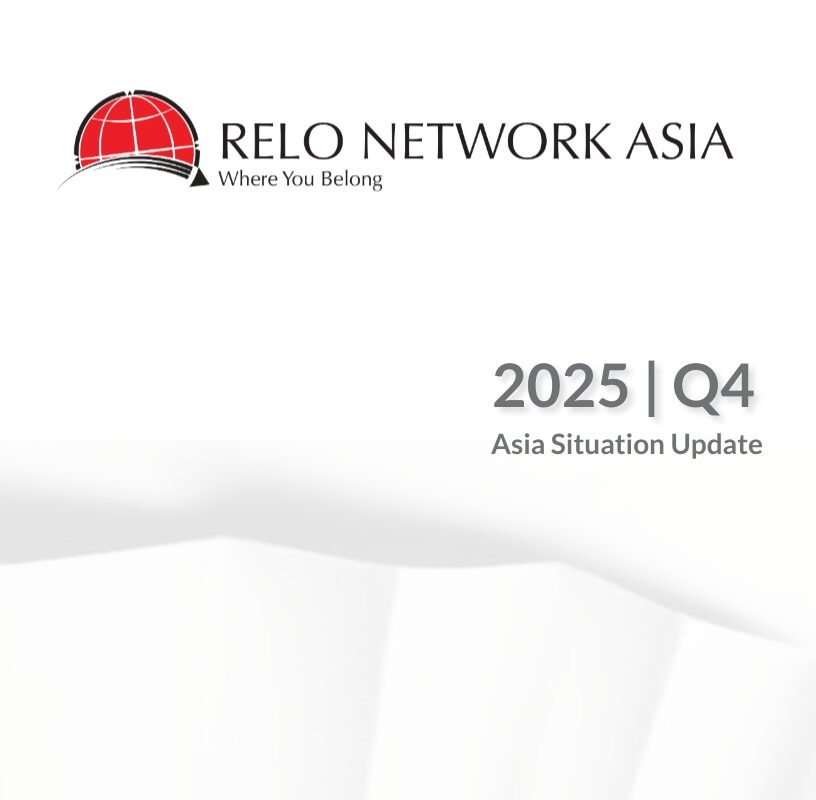We have been sharing information on the dynamic shifts in regional trade and business activity in Asia with a focus on supporting our clients through the changes to talent mobility locations and requirements. Recent insights from McKinsey’s report, A New Trade Paradigm, dig further into one of the reasons behind the shifts we’ve been experiencing.

McKinsey’s report, while acknowledging that the future is unknowable, examines several likely scenarios, including a baseline scenario in which trade corridor trends remain unchanged from their historic direction, a diversification scenario in which companies seek alternative suppliers, and a fragmentation scenario in which geopolitically distant economies trade less (think about the distance between China and the US).
The scenarios are further examined by the three categories of trade corridors that emerged from the study based on how they perform in the fragmentation scenario. “Safe bets” are resilient, “Cautious bets” and “Uncertain bets,” which see, respectively, lower rates of trade growth under fragmentation.
The type of industry a company is in will also indicate how it will perform in these future scenarios. The manufacturing of electronics and textiles, both of which have a significant presence in Asia, is especially vulnerable to shifts in global trade dynamics, not least of which result from geopolitical distance. The concentration of resources, for example, critical minerals that have recently played a role in China-US tariff negotiations, will also have an impact on regions and countries, equivalent to their availability and needs.
Overall, the study predicts that 30% of global trade could shift corridors depending on the prevailing scenario.
The results of the three potential scenarios reveal that Asia—and particularly ASEAN—is at the heart of a global reconfiguration of trade corridors. The “emerging-to-emerging” market corridors are showcased as the most resilient under any scenario, and many of them are in Asia. These changes are not only reshaping supply chains but also driving demand for agile workforce mobility solutions and the movement of talent to and from traditional and non-traditional locations.
Asia has long been a cornerstone of global trade. Between 2001 and 2021, the region accounted for 53% of global goods trade and 59% of trade growth. Today, 49 of the world’s 80 largest trade routes include Asia on one end, and 22 include Asia on both ends. This underscores the region’s integration in global trade.
The nature of global trade relationships is also changing based on geopolitical differences. Since 2017, countries such as China, Germany, the UK, and the US have reduced the average geopolitical distance of their trade by 4–10%, indicating that they are trading more with partners that share their geopolitical interests. This trend is accelerating the shift toward regionalization and diversification, especially in Asia.
Implications for Workforce Mobility
These shifts have direct implications for talent deployment:
- Manufacturing hubs are expanding and diversifying: Countries like Philippines, Indonesia, and Malaysia are becoming preferred destinations for new manufacturing investments, especially in electronics.
- Regional headquarters are moving: As companies diversify away from China, we’re seeing increased demand for executive relocations to cities like Singapore, Bangkok, and Kuala Lumpur. As the critical nature of the Asian trade corridors continues to grow, we anticipate more global companies to support regional HQ in the region.
- Supply chain roles are expanding: Logistics, procurement, and compliance professionals are being redeployed to support new trade routes and regional operations.
Strategic Recommendations
To prepare their organizations for the changes ahead, HR and Talent Mobility professionals should:
- Track corridor-level trade data to anticipate where talent will be needed. Identify via your industry how your company may be impacted.
- Invest in regional mobility infrastructure to support agile workforce deployment. Prepare for increased movement or recruitment across borders by implementing mobility benefit policies that support the future workforce.
- Partner with internal stakeholders to help them understand the resources that are available to support them through these changes.
Asia’s trade corridors are not just shifting—they’re evolving into new highways of growth. For companies operating in the region, this is a moment to embrace change and invest in workforce mobility as a strategic asset. Our involvement with the Asia Talent Mobility Alliance is centered on helping our clients and the industry lead in this time of change. ATMA is positioned to support ongoing conversations and assist our community through webinars, a mentorship program, an upcoming Singapore conference, and information-sharing in our online community, ATMASphere.




